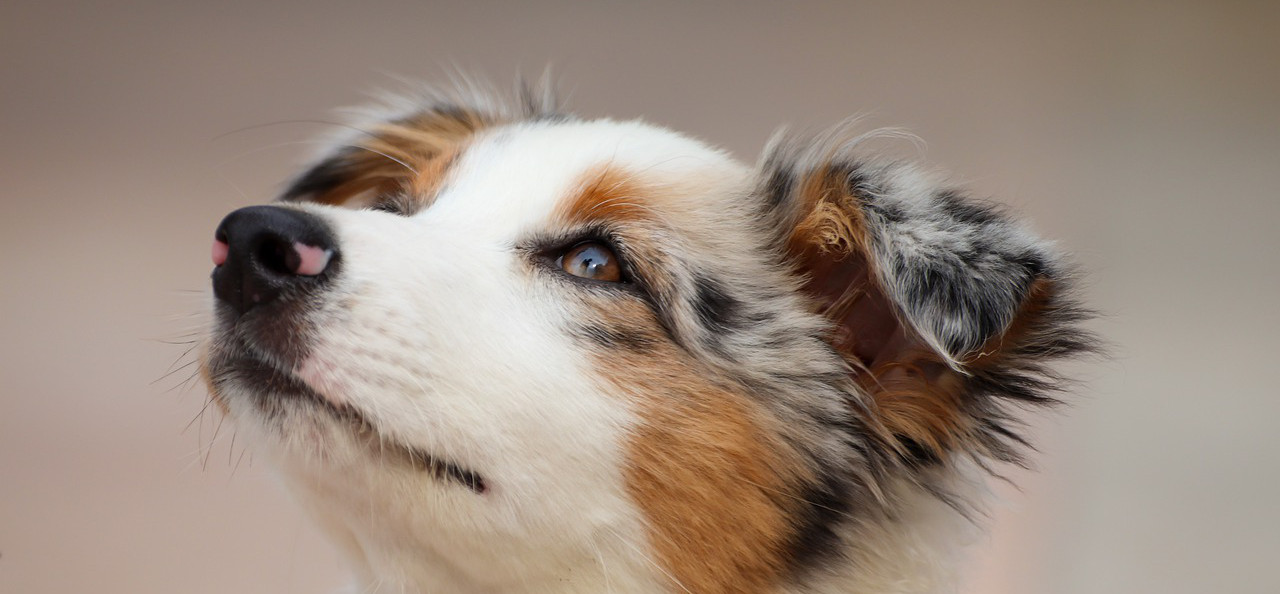Your pet’s eyes are windows to their soul! This means that keeping them clear, bright, and healthy has to be a priority. Pets’ eyes are just as susceptible as our own to allergies, scratches, and infections, so it’s important that you, as a pet owner, know what to keep an “eye” out for (pun intended).
What does a pair of perfectly healthy feline or canine eyes look like? Take a look at their peepers in a brightly lit room. You should see equal-sized pupils looking back at you and the eyes should be shining clear. Gently pull down their lower lid to see a healthy pink lining.
If you see cloudiness, unequal pupils, or a white or red lining, then your pet may have an eye issue that needs to be checked out by your veterinarian. There are other signs to watch out for as well, and we’ve listed some of the ocular symptoms most commonly seen in cats and dogs.
- Discharge and crusty lids: If your pet’s eyes are red, swollen, and constantly crusting up with clear or cloudy discharge, it’s time to call your veterinarian. Your cat or dog may have an infection that’s making them miserable, especially if the discharge is yellow or green.
- Third eyelid: If you notice your pet’s third eyelid (that white membrane that starts on the inside corner of the eye) is not retracting like it usually does, it could be a sign of injury or illness. Call your veterinarian for an appointment. When the third eyelid becomes red or swollen, it’s commonly referred to as “cherry eye”, and looks like there is a “cherry” in the corner of your pet’s eye.
- Cloudiness: Cloudiness in the eye is always a reason to call the veterinarian as it could be due to an inflamed cornea, glaucoma, or cataracts.
- Uneven pupils: Uneven or unresponsive pupils can be a sign of eye degeneration. Call your veterinarian as soon as possible for an appointment.
- Watery eyes: If you notice your dog’s or cat’s eyes watering so much that the fur is always stained, they may be suffering from a condition known as entropion (eyelashes causing irritation and tearing of the eyes), which can be corrected through surgery. If you see them squinting, they may have dry or itchy eyes that require medication or lubrication.
- Rubbing the eyes: Much like we are prone to do when we have itchy or irritated eyes, cats and dogs may paw or rub at their own eyes. Even if nothing else seems wrong with the eye or face, this is a symptom that shouldn’t be ignored. Call your veterinarian to discuss.
Keep your pet’s eyes clean by removing dried discharge or debris on a regular basis. Use a warm, damp washcloth or cotton ball, and gently wipe from the inside to the outside. Be careful not to touch the actual eye (this can cause corneal scratching and make any current issues worse) when cleaning. Also, keep an eye on those “head out the window” pups. During car rides, keep the window open just enough that they can enjoy all the smells without actually sticking their whole head out. The wind can easily blow debris (including bugs) into their eyes, causing scratches and infections.
Some dog and cat breeds are prone to more eye issues than others. Research your pet’s breed so you can be ready in case they tend to have eye conditions as they age. Remember, it’s always best to have your veterinarian check out any concerning issues before trying to diagnose your pet yourself.
As always, contact Dr. Vyvian Gorbea and Plymouth Veterinary Hospital if you have any questions. We’re always here to help keep your fur-babies healthy and happy!
Happy Tails, all!

